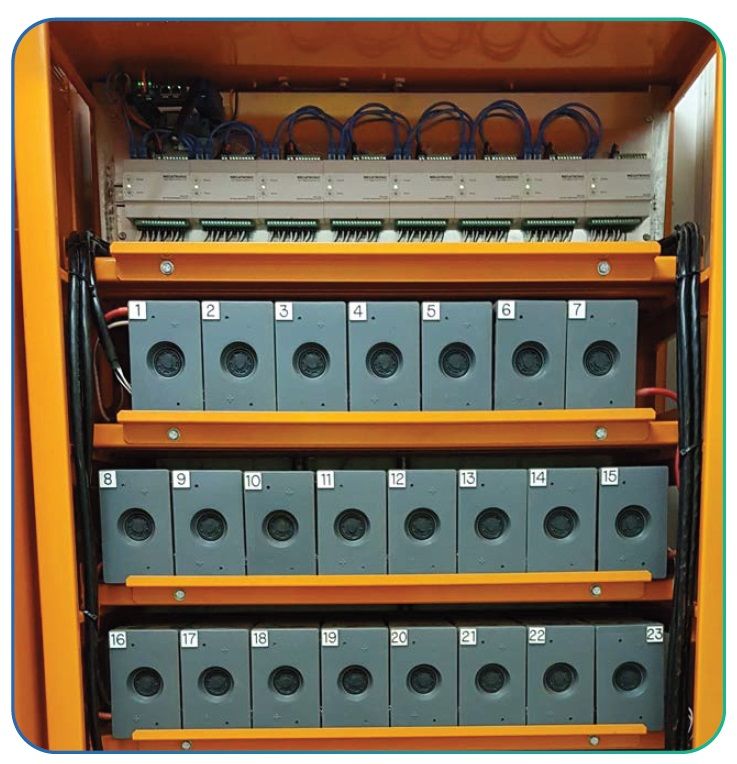Both electric companies and their customers are concerned about power quality. Customers may incur costs ranging from a few hundred dollars for repairing or replacing household appliances to hundreds of thousands of dollars in production losses and cleanup as a result of power outages. System outages can cause consumer displeasure as well as load and revenue losses for utilities.
In an electrical system, a low power factor has disadvantages and drawbacks. The usage of a high-capacity generator, transformer, and other electrical components across the electrical network from the generator to the consumer are required due to voltage fluctuations.
Power Quality
The qualities of the power provided, specifically the current and voltage, are referred to as power quality. The electricity must be delivered in clean sinusoidal waveforms with a frequency of 60Hz and must carry no sags or spikes, allowing the customer's equipment to function properly.
The Importance of High Quality Power
The quality of electricity used in our electrical equipment is critical for several reasons. For starters, high-quality electricity is more efficient. It enables the equipment to consume the least amount of energy possible. This not only reduces your overall energy use and hence your carbon footprint, but it also saves you money on your electricity bill. By reducing the 'wear and tear' on machinery, using optimised power minimises the chance of equipment breakdown or overheating, as well as the frequency with which maintenance work is required.
Energy users have grown much more aware and sensitive to transients and other power abnormalities since the advent and widespread usage of sensitive electronic equipment. Previously, equipment was relatively unaffected by short-term power fluctuations and did not cause problems in the utility's system. Harmonics are now formed as a result of the advent of nonlinear devices, which can impair the equipment of the customer and its utility.
The utility is no longer limited to supplying electricity to switch on lights and start motors. As a result, there has been a rise in the number of electrical end-user difficulties. Customers, utilities, and consultants may readily monitor, record, and analyse electric power in order to pinpoint the source of these problems. Power treatment solutions are available to cure or restrict problems depending on the underlying cause of the issue.
Poor power quality can manifest itself in a variety of ways. Service continuity concerns are the most common and easy to spot. However, there are other electrical issues that are more difficult to detect. If any of the following symptoms appear in your business, there may be a problem with your power quality:
- Power outages
- Electrical equipment that is too loud
- Drops or fluctuations in the voltage
- Surges in voltage
- Harmonic dissonance
- Transients at high speeds
- Lightning-caused damage
A Power Quality Audit is used to determine how a building or installation's power can be improved. This is generally triggered by evident problems like machinery malfunctions or power outages.
A more thorough audit will reveal hidden issues, and the changes taken will have a substantial impact on a company's energy consumption and costs over time. Often, audits entail the installation of a meter that will provide precise Power Quality measurements on a continuous basis. This enables energy specialists to continuously improve and optimise the installation's Power Quality over time. As businesses grow and equipment is replaced or upgraded, the systems in place should be structured to maximise Power Quality.
Breakdowns, overheating, and maintenance all cost money, and sensible organisations strive to minimize these occurrences. It's about more than just saving money when it comes to high-quality power; it's also about making money! For instance, manufacturers can boost their production and plants can increase their distribution capacity by using higher-quality power. Investing in the quality of your power is, after all, an investment.
For more details, please contact us.
